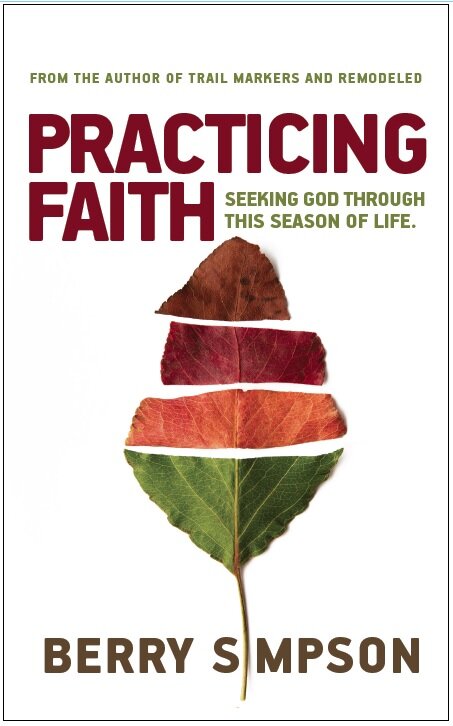Journal entry 122310: Traditional story
/One of our oldest family Christmas traditions is to read the book, The Best Christmas Pageant Ever, by Barbara Robinson. Cyndi reads it in the car whenever we drive from Midland to Hobbs for Thanksgiving, and it lasts almost perfectly from driveway to driveway. And we read an abridged version during one of our adult Bible study classes every year.
The book opens with this description: “The Herdmans were the worst kids in the whole history of the world. They lied and stole and smoked cigars, even the girls, and talked dirty and cussed their teachers and took the name of the Lord in vain and set fire to Fred Shoemaker’s old broken down tool house. They went through the Woodrow Wilson School like those South American fish that strip your bones clean.”
Published in 1972, it’s a story of six unruly children who pause from terrorizing the town just long enough to secure all the main parts in the annual Christmas pageant in spite of the fact they knew nothing about the Nativity story. They joined the pageant because they heard there were snacks involved; but before it was all over, they illustrated the true meaning of the birth of Christ in a way never seen in the previous traditional, controlled, well-behaved pageants.
One reason the Herdman children were so effective when performing the Christmas story was because they were hearing it themselves for the first time even as they performed. And they played the parts from their own life experiences rather from the pre-conceived traditional images most people expected.
The story of Jesus, which is to say, THE STORY of all time, doesn’t land in our laps in pristine condition like a falling star straight from heaven. No, Jesus’ story flows through the lives of real people, and it bears the marks of their personalities and shortcomings and struggles and victories. It is amazing that God trusted human beings to bear his story through our lives.
There are so many ways to tell the Christmas story. We read the gospel accounts, we stage live nativity presentations, we give big choir and orchestra performances, we send Christmas cards, we decorate our houses and yards, we wear Christmas sweaters, we sing Christmas carols, and we give our dollar bills to the Salvation Army bell ringers. Maybe we do most of these because they have become warm traditions for us, but I believe the real motivation runs much deeper. We do all these things, because we are telling the story of Jesus through our lives and actions, and that story changes both the teller and listeners in more ways than we can know.
Last Sunday morning I read the genealogical record from Matthew 1 to our young-adult Bible study class. It might have been the first time in my life to ever read one of those long lists of Bible names out loud. I have taught adult Bible study classes for 20 years but I always passed over the genealogies. In fact I always wondered why the Bible included all those obscure names. But the genealogy of Mathew 1 is a list of people who had one big thing in common - each person could put on their tombstone, “I made it possible for you to know Jesus.” They weren’t all good people, in fact some of them were downright evil, but the story of Jesus flowed through their lives and ended up in our ears.
The Jesus story flows through the lives of Mary and Joseph, the shepherds, and the wise men. It flows through the long list of lives of Matthew 1. It flows through people who are more like the Herdmans than we’d care to admit. And it flows through you and me.
This year, let the Jesus story flow freely through your life. That is exactly the version we all need to hear.
“I run in the path of Your commands, for You have set my heart free.” Psalm 119:32
To learn about Berry’s book, “Running With God:” www.runningwithgodonline.com … Follow Berry on Twitter at @berrysimpson … Contact Berry directly: berry@stonefoot.org … To post a comment or subscribe to this free journal: www.journalentries.org






